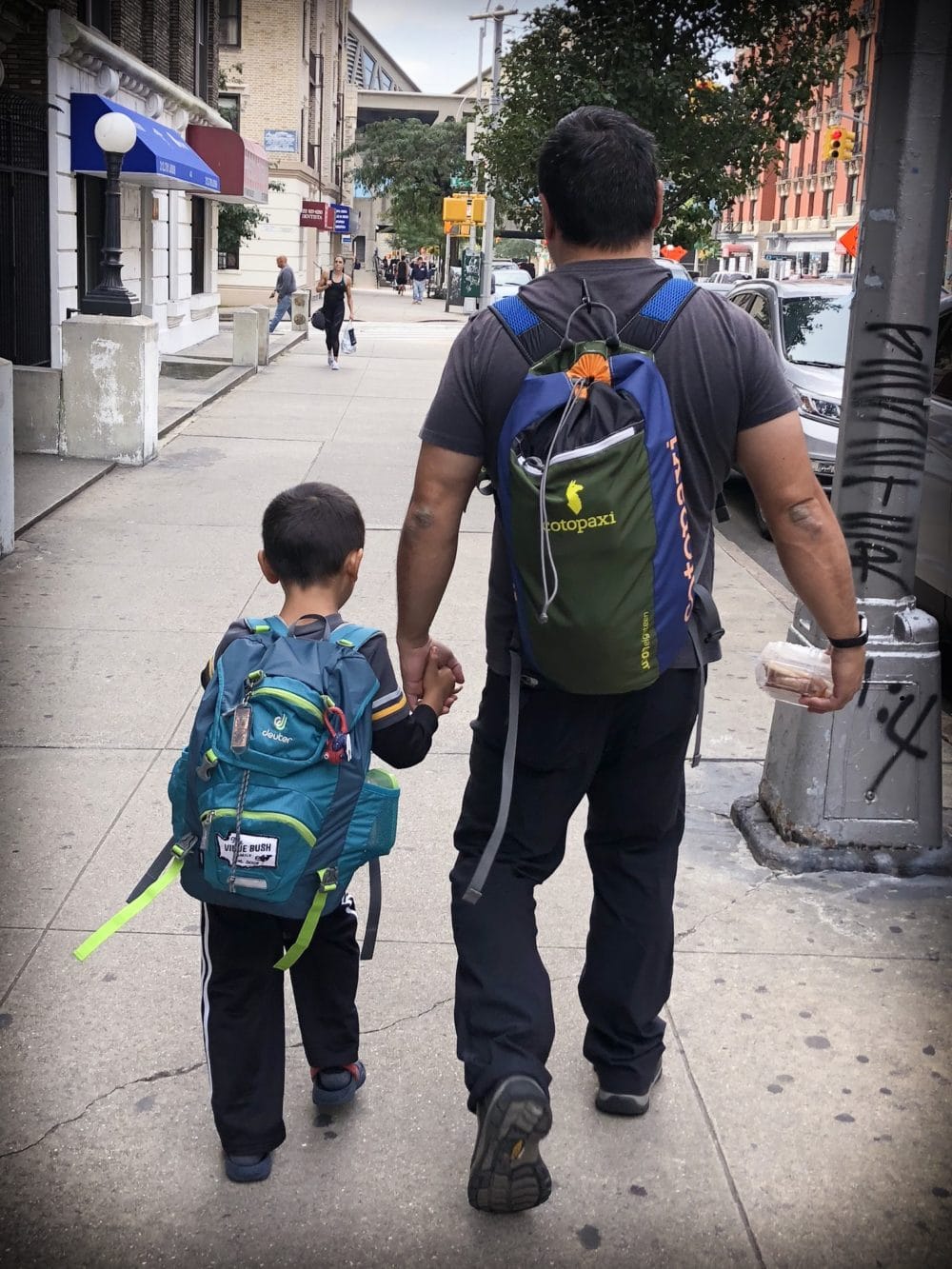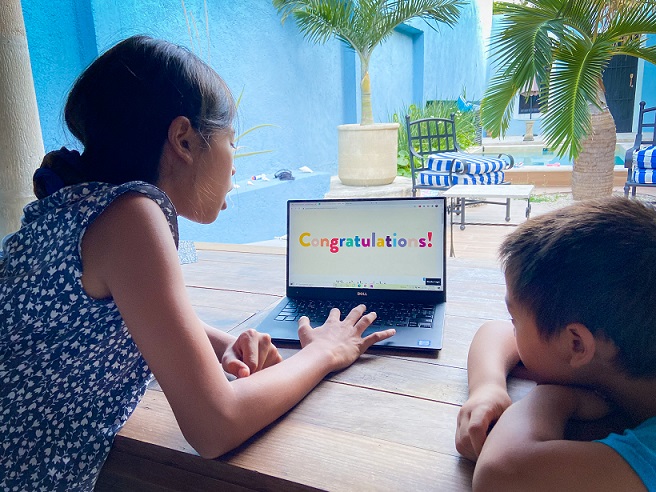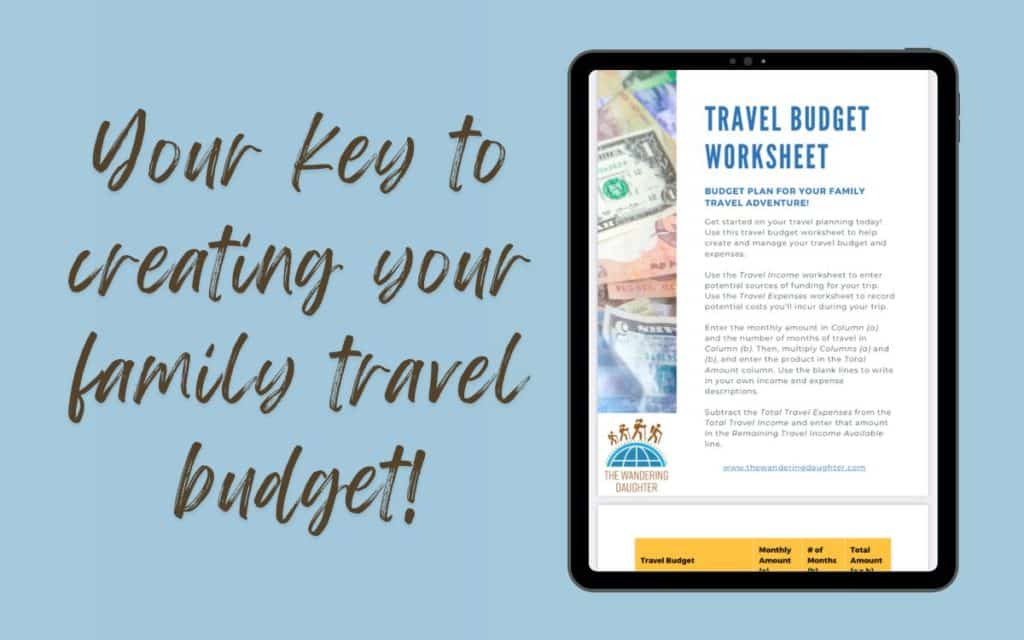International WiFi Options for Working Nomads and Travelers
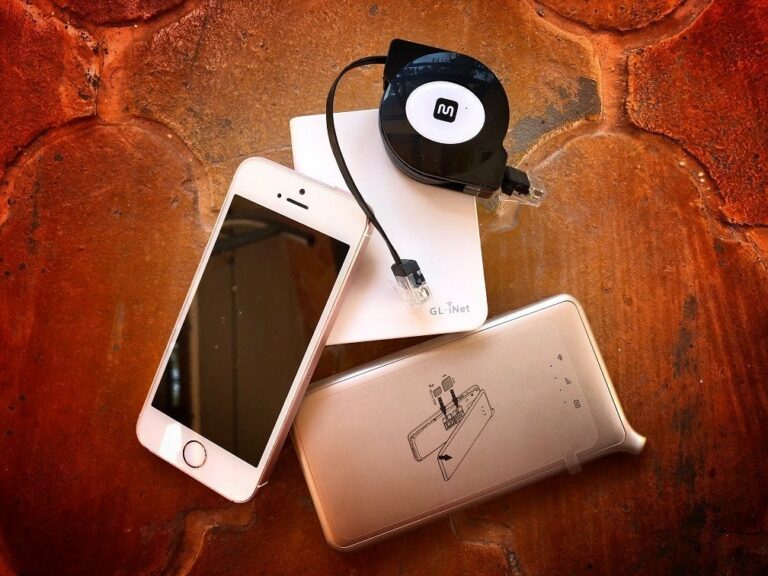
For families who are working nomads, having reliable access to international WiFi is a must. This is especially important when you're trying to figure out how to work while traveling! In this guest post, my husband, Clint Bush, shares some tips for having reliable international WiFi for travel and nomad living.
Since embarking on nomad living with my wife, I’ve enjoyed the flexibility to travel and explore while still being able to work from anywhere. But with location independence comes instability, especially when it comes to international WiFi.
This post was updated on May 18, 2020.
This post may contain affiliate links. That means I may receive a small commission if you click on the link and purchase something. But don't worry, this will not result in any extra costs to you.
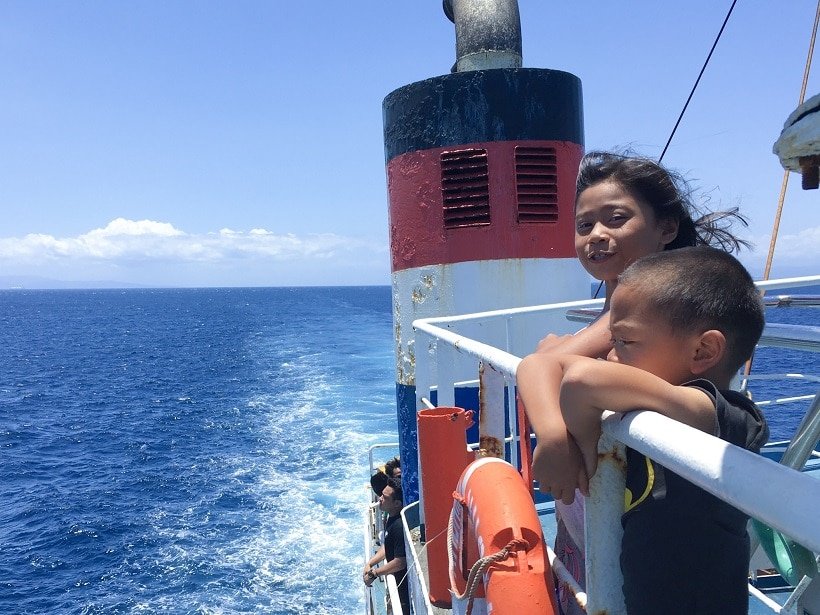
Finding good international WiFi
Whether we're traveling with kids in Mexico, or traipsing across Europe, not having a solid place to live or work does presents all kinds of challenges. These challenges range from effective team communication to finding quiet work environments. The number one challenge though, in both my experiences and those I’ve spoken with, is finding a good international WiFi or internet connection.
Based on our experience of being working nomads, here are eight tips that have served me well while working on the road.
1. Have options for international WiFi
My best tip for being connected to international WiFi while working on the road is to have a backup plan ... and a backup to the backup plan. By giving myself multiple options for internet connection, I give myself a better chance of staying connected.
Option 1: Public WiFi
My primary means of connecting is using Public WiFi. This is the case whether I'm at the hotel or AirBnb, or going to a coffee shop or co-working space.
Public WiFi can be tricky and you must take certain precautions (which I'll mention later). However, overall this is the best chance of having higher speeds and cheap or free international wifi connection.
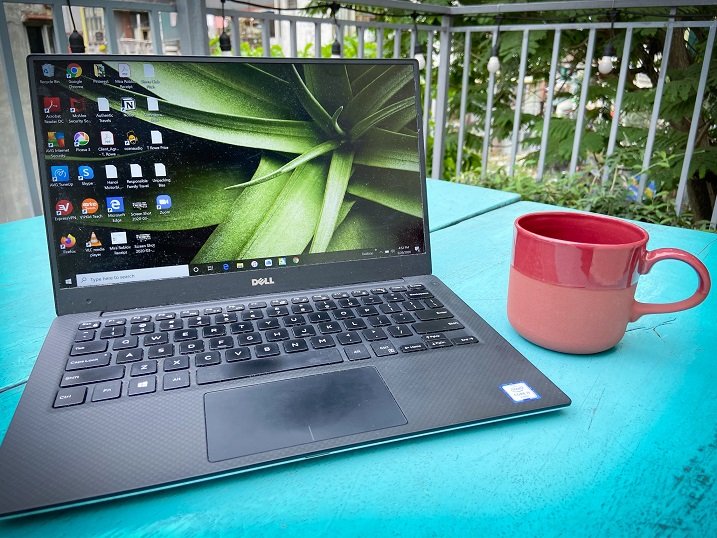
Option 2: Phone Data Plan
My second option is my phone data. We do this by either using tethering (connecting my laptop to my phone via USB cable) or hotspotting (broadcasting a WiFi signal from my phone).
T-Mobile
I am from the United States and I use T-Mobile, which gives me pretty good coverage when I am out of the country (210+ countries) including high-speed LTE in a lot of cases. The best part is that I get free texts and cheap calling when outside of North America. While I am in Mexico and Canada, my phone plan operates the same as in the US.
This is a great option for working nomads who want to work while traveling. It's especially useful when the Public WiFi is slow, spotty, or just not available. However, check your phone settings, especially background processes, which can chew through your data pretty quickly.
Other phone networks
Other phone networks have similar plans for families who do nomad living. In the US for example AT&T, Sprint, and Verizon all have some type of coverage abroad but prices and amount of coverage can vary. In my experience, T-Mobile seems to have the largest country coverage of all these US based networks.
Google Fi
Recently Google Fi has entered the game. To some it's the best available cell plan while traveling domestically and abroad. For a full breakdown, check out my article International Data SIM For Digital Nomads: Google Fi. One thing to note about the T-Mobile plan and the Google Fi plan is that you need to stay in the United States for the majority of the year. Once these plans detect that you're outside of the country for an extended period of time, you data privileges will be dropped.
Besides a phone, take a look at these other travel must haves that digital nomad families need while on the road.
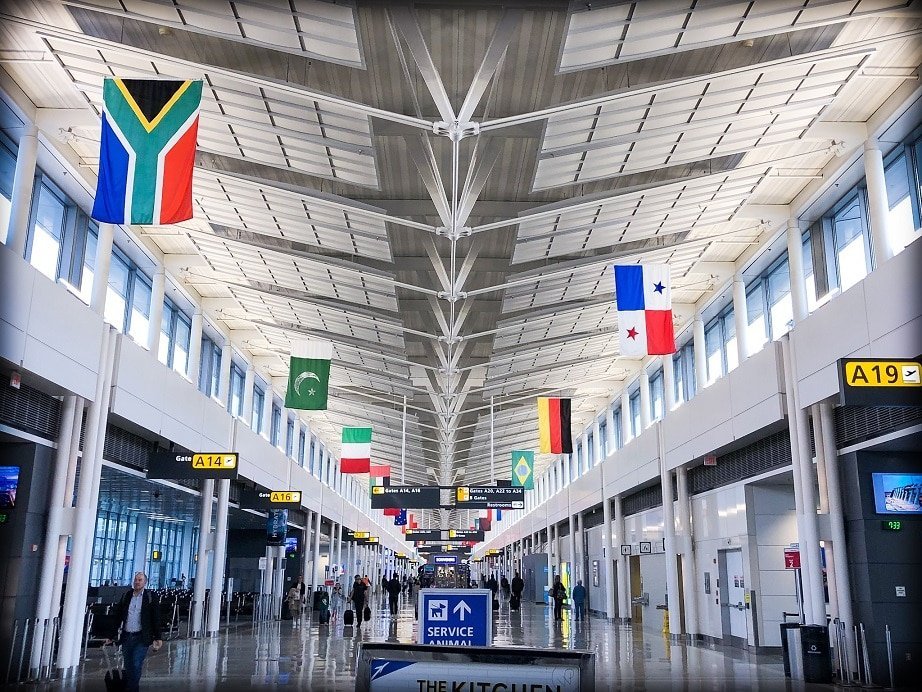
Option 3: Global Internet Hotspot
The third option I have in our travel tech kit for international WiFi internet connection is a personal WiFi hotspot. We use Tep Wireless, but SkyRoam is another popular travel hotspot. You can also look for a hotspot that's local to your travel destination.
Tep
At this point we have tried using the Tep hotspot inside the United States and in Mexico with really poor results. The connection is flaky and the speeds are terrible. Also, as soon as you activate it, you are billed $8 for the day + taxes. That’s on top of the $100+ price tag to buy the device outright.
SkyRoam
We have not yet used SkyRoam. However, we've had better luck in Indonesia using a local mobile hotspot called Smartfren. We paid roughly $.30-$.50 per gigabyte, plus $35 to purchase the device.
I would still suggest having a mobile WiFi hotspot like this in your bag of tricks because it does have some advantages:
- Not tied to a cell plan
- Pay as you go
- Small and easy to pack
Having said that, our Tep mobile WiFi hotspot is the last resort for us when all other means have failed. It’s enough to get some email done, but if you're using this as an internet option for how to work while traveling, it falls short.
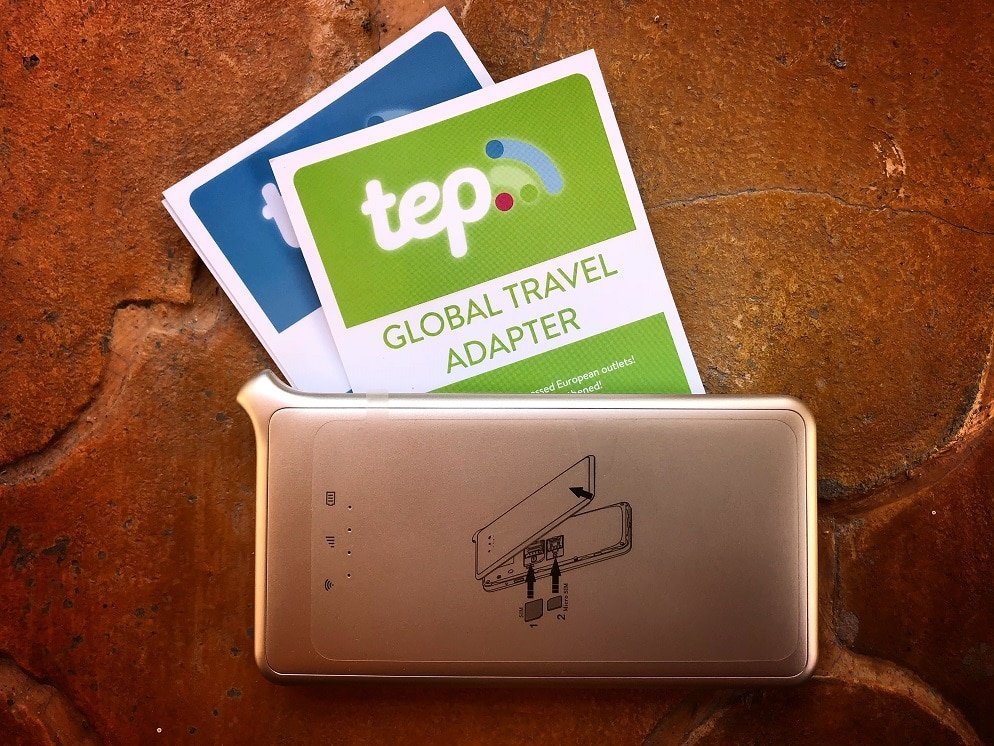
Option 4: Buy a local SIM card
When all else fails, buy a local SIM card to and add data onto your phone. We've done this in Indonesia, Philippines, and Vietnam. This is by far the cheapest option.
In Indonesia, local SIM cards were $7 at the most. And data cost between $.50 to $1 per GB, depending on the vendor. SIM cards in the Philippines were less expensive, at around $2 per SIM card. Like Indonesia, data in the Philippines cost around $.50 to $1, also depending on the vendor. In Vietnam, travelers can buy a SIM card that is pre-loaded with 30 days of data, at 2 GB per day. These cards cost around $8-10. Cheaper options are available in Vietnam if you go with SIM cards aimed for locals, and then buy additional data.
Besides local SIM cards, here are some other budget considerations to keep in mind when you're planning your affordable world travel budget.
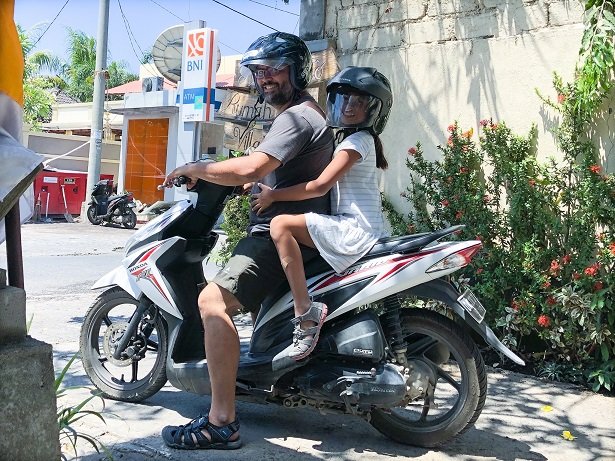
2. Have A Mobile Data Plan
For the longest time in the US, Verizon has touted they have the best coverage across the country, while T-Mobile offers the best coverage abroad. Now with Google Fi gaining popularity, it’s hard to choose which plan to use. My advice is go with a couple mobile networks if you can afford it.
I have T-Mobile plans for my wife and me. They are our main phones and cover us in both the US and abroad. However I am also planning on having a third line that is the Google Fi phone that I will use as a hotspot for internet connection while working on the road.
3: Have a backup mobile data plan
A traveling friend of mine that runs a business on the road always has a back up plan for his phone. He actually bought a mobile hotspot plan through Verizon while keeping his phone plan on T-Mobile. If you have a tablet, you could get a data plan just for that tablet and use it as a hotspot.
The bottom line is try to see what coverage the different mobile networks have. You can then play with the idea of having a primary phone plan through one and some kind of mobile hotspot through another. This is a helpful tip for families who nomad living part of their lifestyle.

4. Carry an Ethernet Cable
For working nomads and frequent travelers, this tip won’t work all the time. However, one thing I always carry with me is an ethernet cable and an adapter for my computer.
You can buy an ethernet cable here on Amazon: Monoprice Cat5e Ethernet Patch Cable
The reason is whenever I am in lodging that has ethernet connection (LAN - Local Area Network), that is almost always vastly superior to any Public WiFi the lodging might have.
Ethernet connections can either be plugged directly into your laptop or through a portable router. However, there is no connection to mobile devices or tablets. So if you need to connect to those devices, you’ll need a portable router if you want to take advantage of the ethernet benefit.
If you are in a hotel and there is no obvious ethernet jack like in business hotels, sometimes you can poke around and find one where the phone is plugged into or the TV. The TV is usually your best bet, but sometimes the hotel has the jack inaccessible.
Wondering what else you need to think about when planning for around the world travel? Learn about the 25 things you need to do to prepare for your around the world trip.
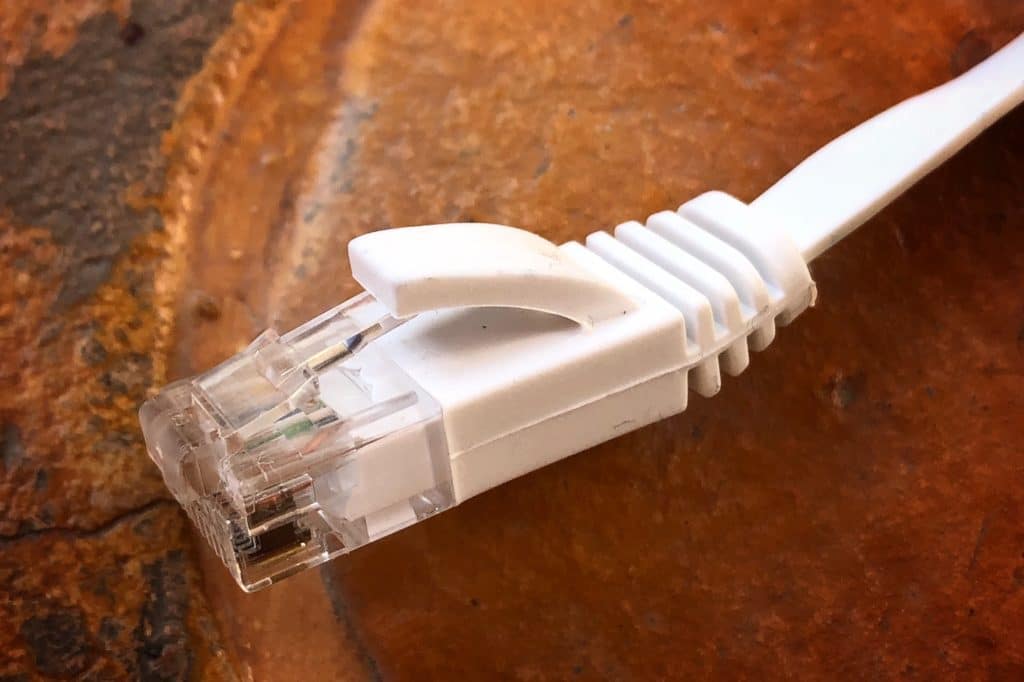
5. Get a Portable Router
Having an additional router while you travel can provide many benefits including added security, more stable connection, ease of WiFi setup between multiple devices, and more. This is important for those wanting to know how to work while traveling, especially as it relates to internet connection.
Because of my work, I travel with a WiFi router like the Linksys WRT AC1900. This ensures that I can get reliable international WiFi while on the road. For backup, I'll sometimes use a small travel router, and for most casual travelers, this will probably be sufficient. For more information on the benefits of a travel router, check out my article Why You Need a Travel WiFi Router.
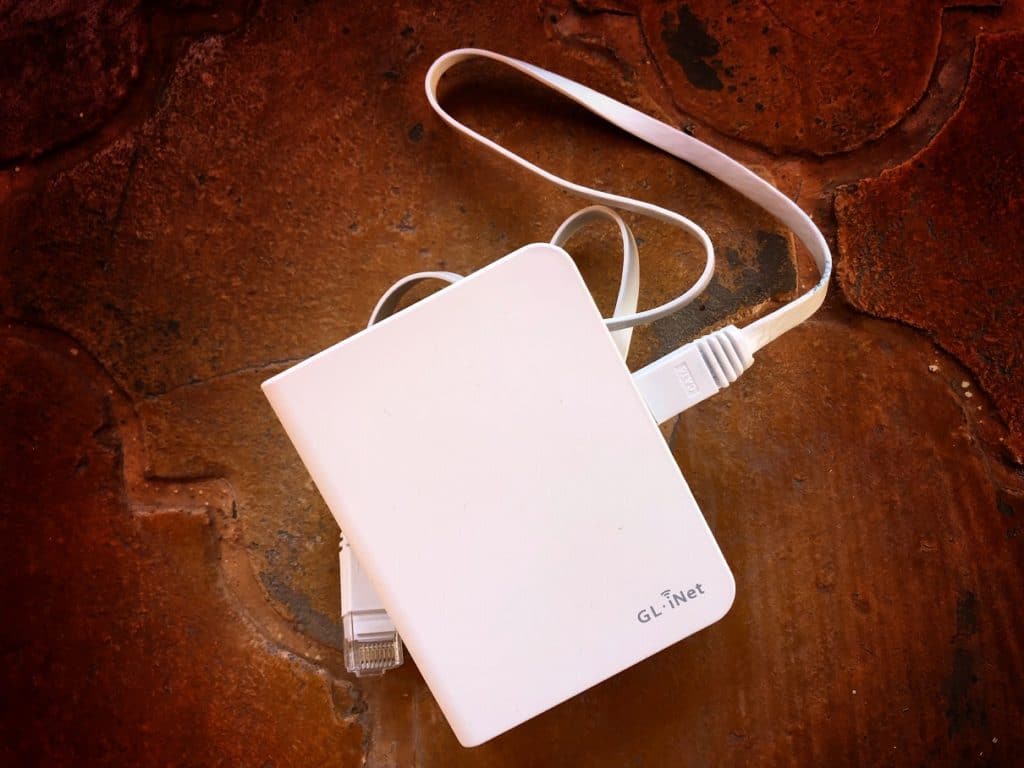
6. Scout Out Your Hotel or AirBnB Location
When researching a place to stay, I try to read reviews or descriptions closely to get a sense of what the internet connection or international WiFi access is. Sometimes I’ll even contact the host and ask how fast the internet is or if there is access to an ethernet connection. The bottom-line is I need good connection since we're working nomads, so I am not shy about asking.
When getting to a location, one thing I often do is look where the router or access points are. In a hotel these are usually the white UFO looking devices or boxes high on the walls in the hallways. If possible I like to stay in rooms near those access points to improve my WiFi signal strength.
Another location tip is that I research the area around the place where I am staying. I look for coffee shops, co-working spaces, restaurants, activity/community centers, schools, or even other hotels that might have internet access or WiFi I can use. Starbucks in North America is usually a great option for this as they have a partnership with Google for their internet connectivity. They are also great for bathroom breaks (but that's another topic altogether!).
Check out more helpful tips for using Airbnb for family travel.
7. Get a VPN
Having a VPN is a must if you plan on working on the road. Even if you're just using the internet while traveling, it's helpful. While a VPN won’t block ads for you or provide protection against viruses or phishing scams, it does encrypt your traffic between your computer (or router if you are using a portable router with VPN) and the rest of the network.
So if someone is spying on the network traffic, they would just see gibberish rather than plain text. This is super critical for families engaged in nomad living. It's added protection, when you are talking about credit cards, passwords, family names, etc.
PC Mag says it well in What Is a VPN, and Why You Need One:
If you connect to that same public WiFi network using a VPN you can rest assured that no one on that network will be able to intercept your data—no other users snooping around for would-be victims, nor even the operators of the network itself. This last point is particularly important, and everyone should keep in mind that it's very difficult to tell whether or not a Wi-Fi network is what it appears to be. Just because it's called Starbucks_WiFi doesn't mean it's really owned by a well-known coffee purveyor.
Tips for Selecting and Using a VPN
- There are some free VPNs out there, but in my opinion you get what you pay for. Free VPNs are often slow with spotty connection. The best ones I’ve used are paid ones but not too expensive. My favorite one is ExpressVPN and costs me $99 for the year for up to three devices connected at a time.
- When you buy and activate your VPN, make sure you are running it at all times. Sometimes you may have to stop and restart the connection. Keeping it on at all times will protect you regardless of the type of internet browsing or transactions you are doing.
- One thing to know though is that the URLs are not actually hidden using a VPN. For example, if you're trying to connect to a sensitive site, someone spying on your network traffic would see the site you are trying to connect to. However, they won’t actually be able to see any content that gets shared between you and that domain.
Additional resources about VPN
Here are some more resources about using VPN:
Click here to see what other travel gear and tools you'll need for traveling full time with your family.
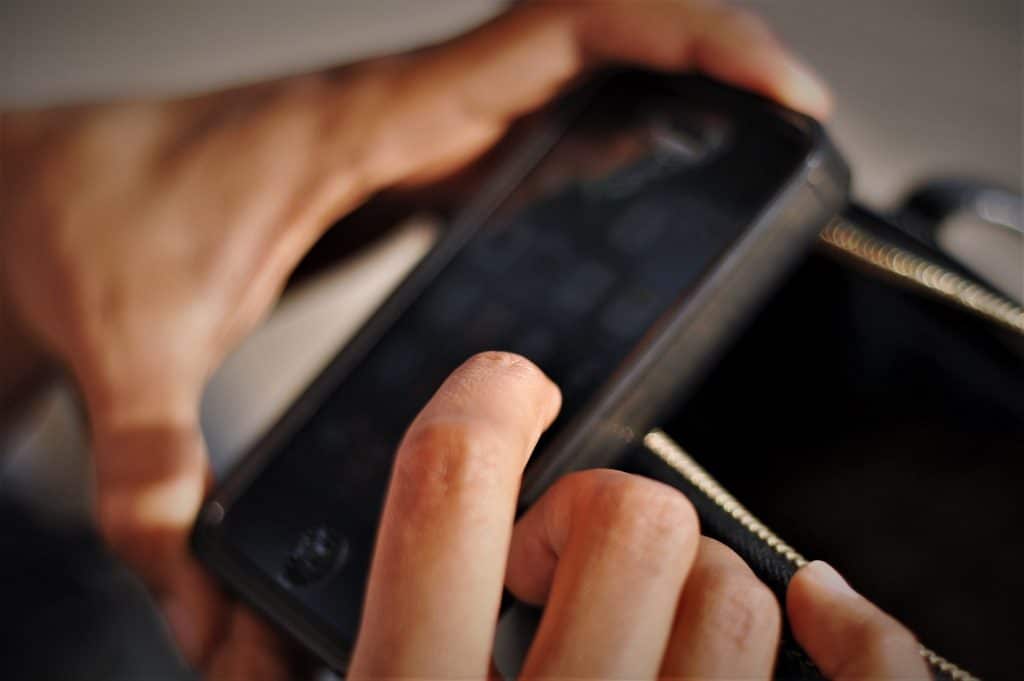
8. Communicate to Your Team
During a talk I had with several people about how to work while traveling, a person asked me how I handle working with my team when the internet is spotty. For example, what happens in the case of dropped calls.
The best advice I can offer here is to be transparent prior and during your trip. Let your team know when you will be traveling and when you have spotty international WiFi. Have clear communication of the process if you can’t be reached or you drop from a call. This communication will save you in the long run. And it will also increase trust among your team members while you are working on the road.
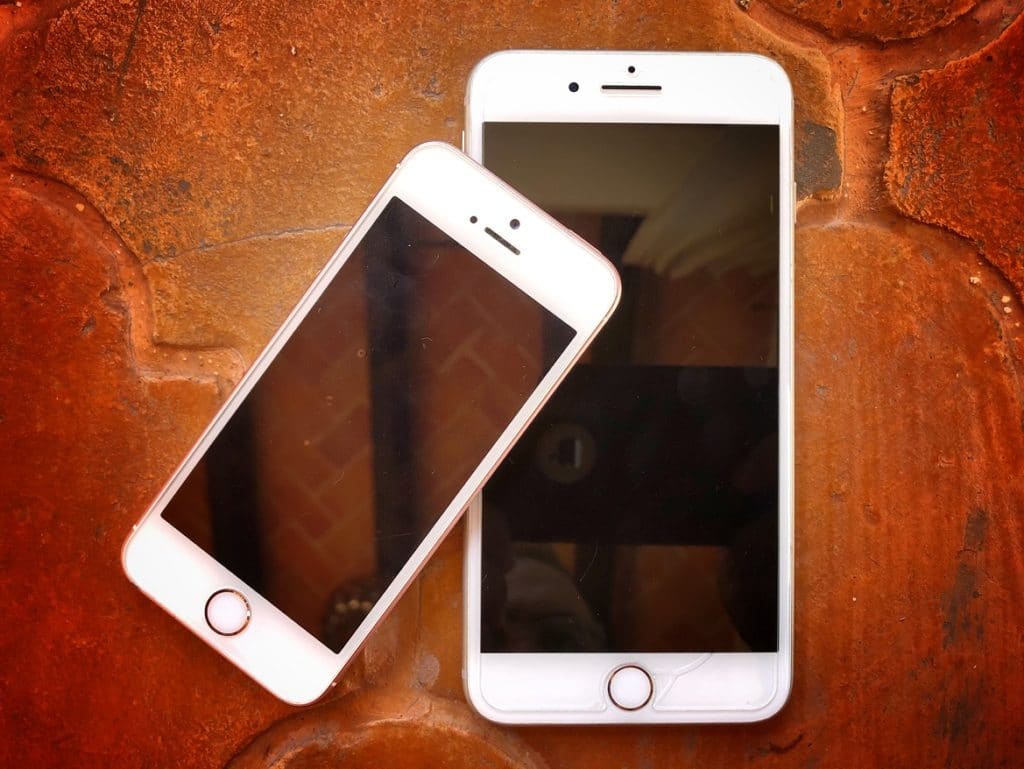
9. Offline Sync When Possible
One thing I always do before I leave on a trip is offline sync as much as possible. This is helpful when you're preparing for how to work while traveling, or just for entertainment purposes.
Many streaming services like Spotify, Netflix, and Amazon Prime Video/Music allow you to sync content offline. That way you can enjoy the service without an internet connection.
Along with entertainment, things like podcasts, Audible.com, and Kindle allow us to sync educational content for offline use as well.
For working nomads, I have found Google Docs to work fairly well offline. But I usually download any Google Docs and use either Microsoft Office products (Word, Excel, Powerpoint) or Apple products (Pages, Numbers, Keynote). I also use Pocket to save articles for offline reading.
10. Using tools that don't require online connection
As a web developer, there are a number of tools and libraries that I make sure don’t need online connection. Sometimes I’ll even turn off my internet access for several hours before a trip. And then I try to do some work to see where my internet dependencies are.
In a working world where most of our work is connected to the internet in some way, this can be tricky to figure out what you do offline. However, preparing for that scenario might just prevent some crucial downtime when you're figuring out how to work while traveling.
Want to be more intentional about the travel that you do. Read here to learn about how you can travel more responsibly with your family.
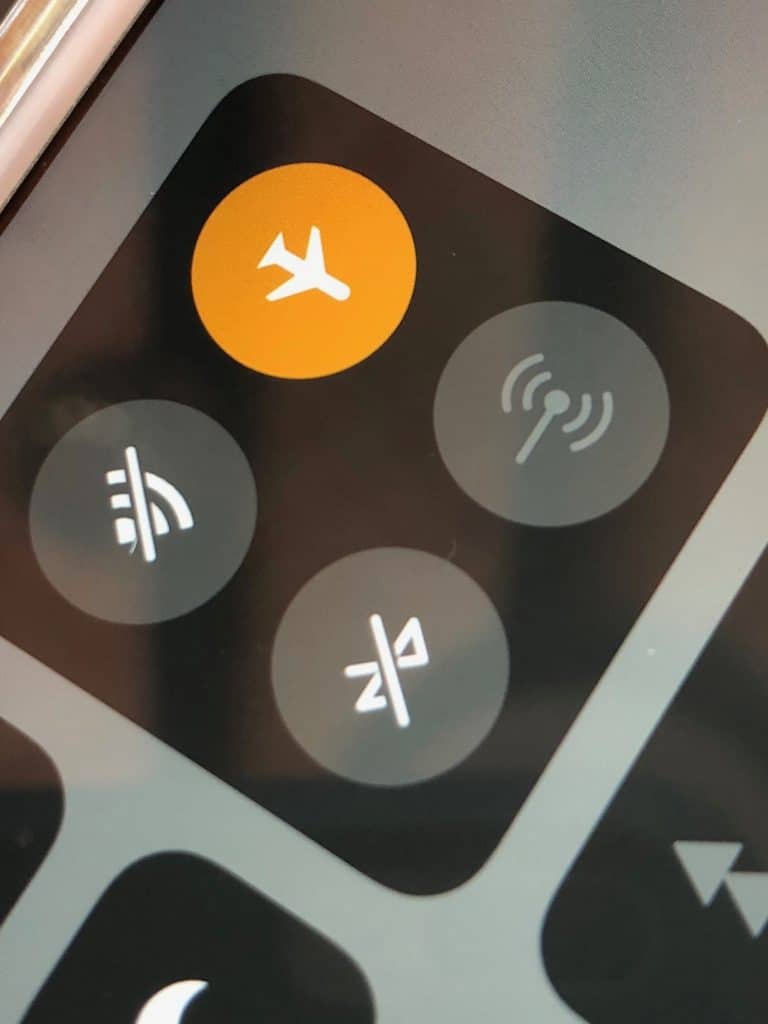
Having a solid plan for international WiFi
Whether you're working nomads like us, or just needing to do some work while on vacation, having reliable international WiFi is important. And having a solid plan with redundancy built in can be the difference between downtime and getting work done.
I hope these tips help you while working on the road. And if you have additional tips, please let us know in the comments. Happy travels!
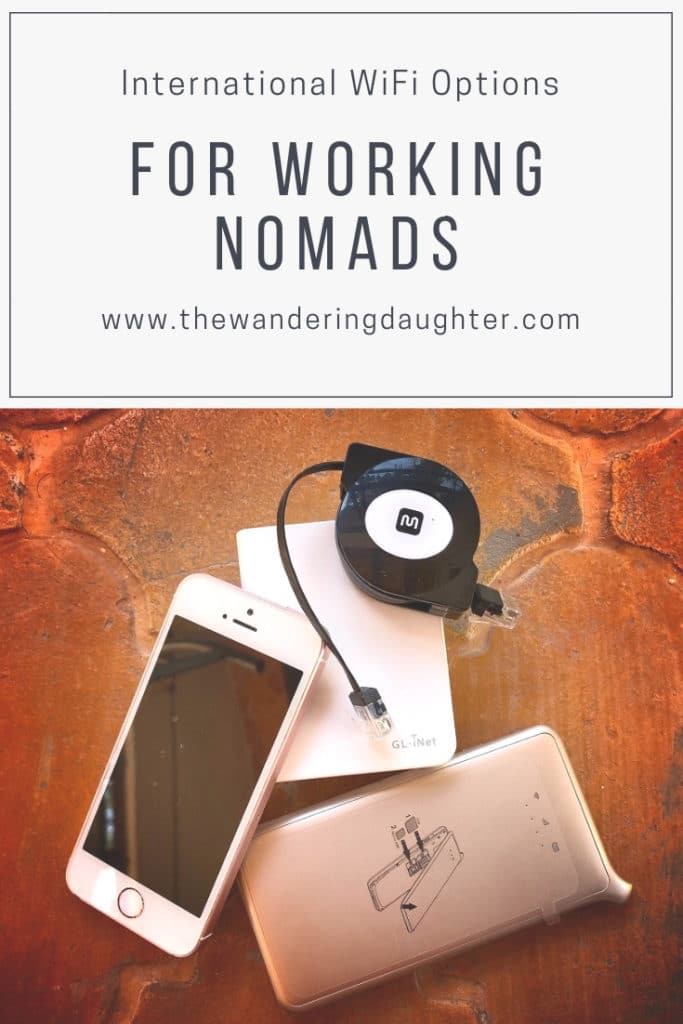
Need help thinking through how to budget for a family trip? My Travel Budget Worksheet is just the tool you need! Click here to receive your free copy by signing up for my newsletter.
Want to connect with me on social media? Find me on Facebook, Instagram, Pinterest, and Twitter. And for those of you who are dedicated to traveling more responsibly, sustainably, and ethically, join over 500 like-minded families on my Facebook group, Responsible Family Travel.

